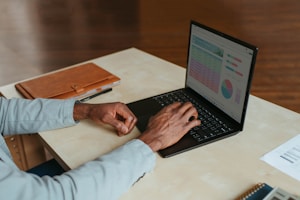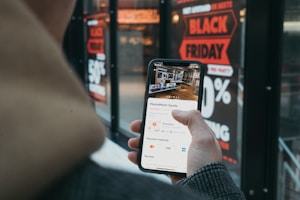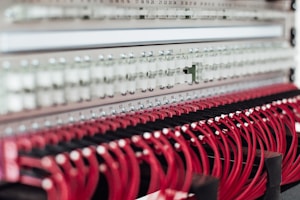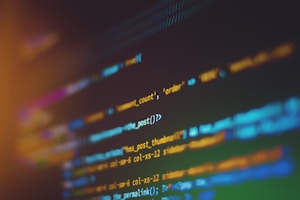Touch input is a recent form of interfacing with information systems. It has grown in popularity as it has been applied to small mobile devices, large television screens, and even smartphones and tablets, which present the interaction surface to the users in a touch interface. Data interaction is exquisite and simple with touch inputs. It follows the reasoning that advances in artificial intelligence have been applied to smartphones to ensure that even the smallest gesture gets to be perceived by the device and translated into something on the screen. Smartphones will be easier to control whenever there is a touch interface to receive the gestures being made by the user and turn them into something real.
Interaction with data, for the most part, involves presenting the data in a way that is easy to understand, and the users of the information will be able to follow simple cues that are added to the interfaces and get to do something tangible with the application that relies on touch input for passing instruction. Moving a character on the screen for a game being played on a smartphone, for instance, will involve the user moving a finger on the surface of the screen in the direction they wish the player to move. This is what the touch interface and gestures can be able to achieve. In the age of information, gestures are quite useful for engaging with information and doing something useful.
An improvement in the data interaction in the form of the touch input is also relevant for modern websites that present a lot of information for the touch devices. Diving into the information and navigating the website will require a lot of touch inputs, and buttons are represented graphically on the screen’s surface. Any user interacting with the application will get to pass on instructions to the device they are using. Whenever they touch on an object representing a graphical element of the application, the command attached to that element is executed. This makes the interaction with information on the touch-based devices to be relatively simple and straightforward. There is nothing that gets to be misinterpreted because the user can directly interact with the elements of display the make up the application that handles the information.
By abstracting the information from the application users, the touch interface and the graphical representation make it possible to do mighty operations from the screen’s touch. The addition of gestures for these devices also means that the interaction is advanced. The use of gestures can simplify complex movements and data transformations for the users, meaning that they get to have an easier time running the application. In short, this is what data interaction can benefit from the use of touch inputs and gesture-based interactions with modern devices and smartphones interfacing the data.









